Jan Sobieski. Khotinsky Lion and the savior of Vienna
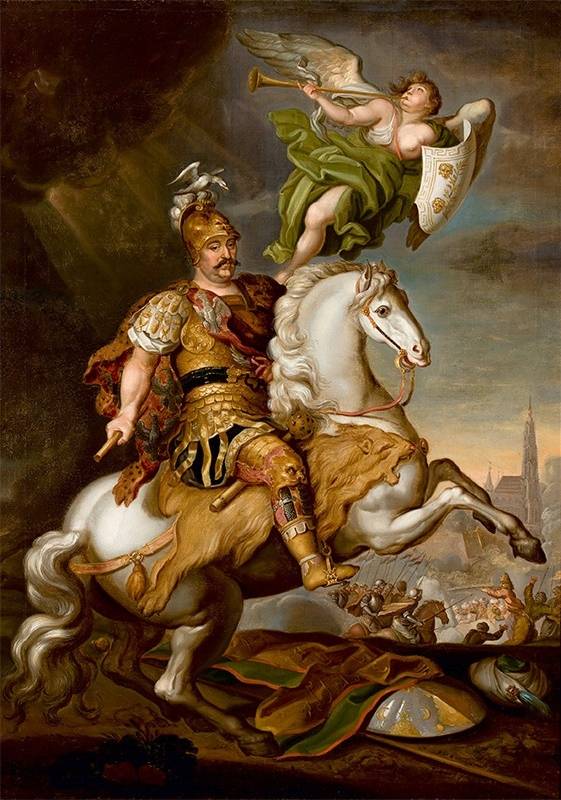
This Polish king is known to us mainly from the winged saying of Nicholas I:
This historical anecdote (in the original sense of the word: "unpublished, unprintable") is especially piquant due to the fact that this phrase was voiced in a conversation between the Russian emperor and his adjutant general, Count Adam Rzhevussky.
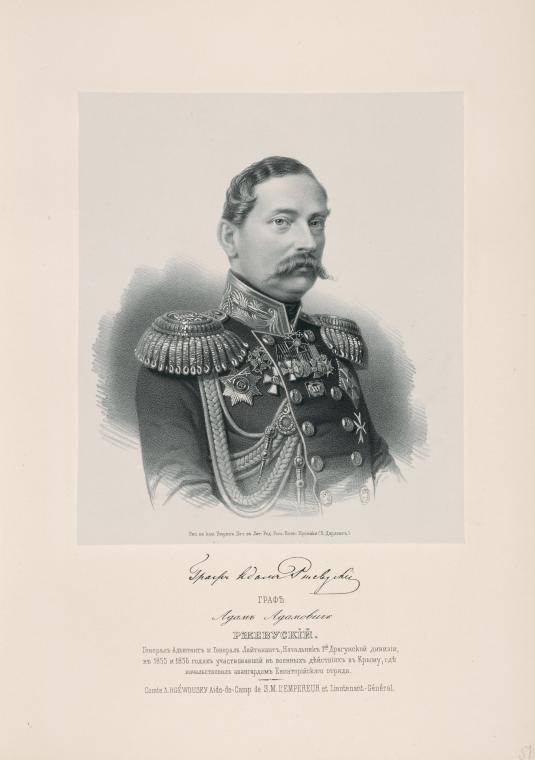
The letter "U" in the surname of the count was clearly not superfluous, saving us from completely indecent associations, and Nicholas I, possibly from participating in the obscene adventures of the notorious lieutenant.
But King Jan Sobieski was not a fool, moreover, in history he entered both as the last great monarch of the Commonwealth, and as the most educated of them.
Let's talk a little about it.
Youth of a hero
Jan Sobieski was born in the Russian province of the Commonwealth on August 17, 1629. The place of his birth (Olesko castle) is currently located on the territory of the Lviv region of modern Ukraine.
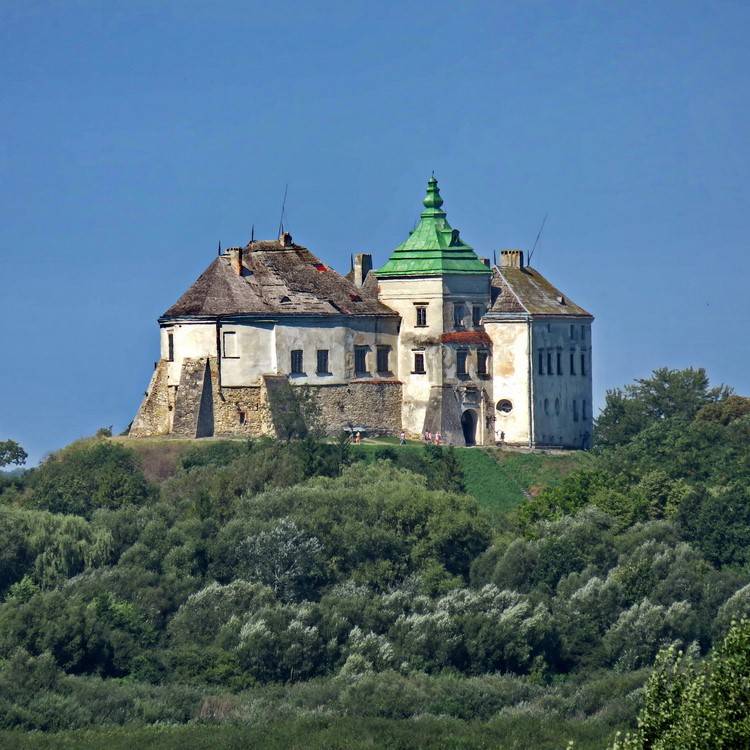
Jan Sobieski, of course, belonged to the number of purebred Polish gentry, who owned the land of the former Galicia-Volyn principality back in 1340, captured by King Casimir III the Great.
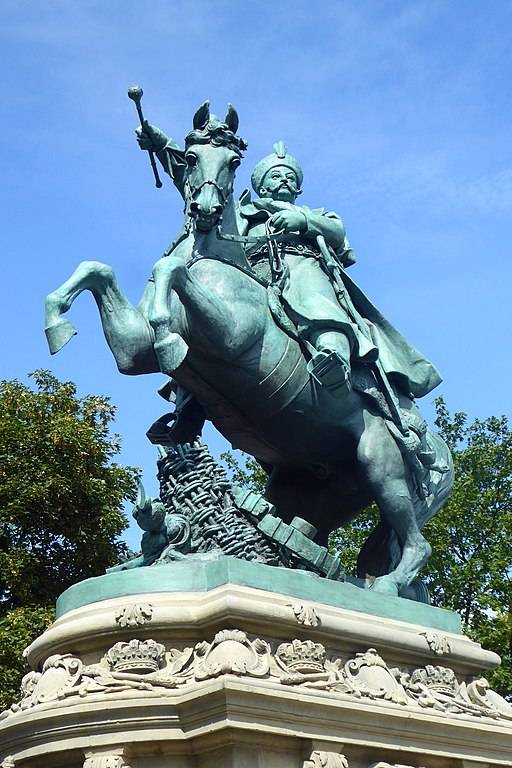
The relatives of the future king on the father's side, as they say, did not have enough stars from the sky, but her mother, Sofia Teofila, was the granddaughter of Stanislav Zholkevsky, who, by the way, was also born near Lviv. During the Time of Troubles, he took an active part in hostilities on the territory of Russia and in 1610 occupied the Moscow Kremlin. He also captured the unlucky Tsar Vasily Shuisky. By that time, Zholkevsky had already died in the battle with the Turks near Tsetsory (1620, a little about these events was described in the article "Cossacks: on land and at sea"). Nevertheless, the influence of the relatives of Sophia Theophila still retained. Thanks to them, the father of our hero, Jakub, was appointed a kastelian in Krakow, and his sons received an excellent education. Jan, for example, graduated from the Novodvorsk Academy and the Krakow Jagiellonian University, which allows him to be considered the most educated king of Poland.
In 1646, after the death of his father, Jan inherited the title of Kastelian of Krakow - and immediately, together with his brother Marek, set off on a journey across Europe that lasted two whole years. During this time, he even managed to serve in the French army, taking part in the Thirty Years War.
In 1648, the brothers returned to Poland, and here they had to fight against Bohdan Khmelnytsky and the Crimean Tatars allied to him. During one of the battles with the Tatars in 1649, Marek Sobieski was captured. His further fate is unknown. Some believe that he was sold in one of the slave markets and ended his life as a galley slave. However, given the origin and social status of this prisoner, it was more profitable for the Tatars to enter into negotiations with his relatives and take a ransom - a common and widespread practice, there was no damage to the honor of the ransomed person or his family. Moreover, Yang, according to his contemporaries, made attempts to find and ransom his brother. So, perhaps, Marek quickly died in captivity from the effects of injury or some kind of illness.
Jan Sobieski not only fought then, but also engaged in diplomatic work, being part of the Polish embassy sent to Crimea to try to break the alliance of the Tatars with the Cossacks.
A new war began in 1655: it was the famous "Flood" - the invasion of Swedish troops, which put the Polish-Lithuanian Commonwealth in a completely desperate situation. At a certain stage, the Swedish king Charles X Gustav even considered the possibility of dividing Polish lands between Sweden, Brandenburg, Transylvania and the Cherkasy (Cossacks).
For themselves, the Swedes wanted the Baltic coast of Poland and Lithuania. On the other hand, they wanted the Polish king Jan II Kazimierz Waza to renounce his rights to the Swedish throne forever.
Some gentry, headed by the Lithuanian hetman Janos Radziwill, sided with the Swedes. But the bulk of the Poles still sided with the king.
Since the relatives of Jan Sobieski turned out to be Radziwill's allies, at the first stage of this war he also fought on the side of the Swedes and even received the title of the great crown cornet. However, after the fall of Warsaw and Krakow, he went to the king and fought on his side until the conclusion of the Peace of Oliwa in 1660. And then the war with Russia, going on since 1654, continued. It ended in 1667 with the conclusion of the famous Andrusov armistice: Russia returned Smolensk, Chernigov voivodeship, Starodubsky povet, Seversky land and achieved recognition of the reunification of the Left-Bank Ukraine with Russia.
Even before the end of this war, in 1665, Jan Sobieski married a wealthy and influential young widow of the voivode of Krakow and Sandomierz, a Frenchwoman Maria Casimira Louise de Grange d'Arquien.
She came to Poland at the age of 5 in the retinue of Marie-Louise de Gonzaga of Neverskaya. The story is mysterious, there were even rumors that this girl was the illegitimate daughter of the future queen of Poland. At the time of her second marriage, she was 24 years old, and in Poland she was known as Marysenka Zamoyska. This influential (she had connections even at the French court) and clever intriguer gave birth to Jan 14 children (four survived) and greatly contributed not only to the further promotion of her husband in the service, but also to his election as king of the Polish-Lithuanian Commonwealth. But she also won universal hatred by exorbitant spending of funds, without hesitation, taken from the state treasury.
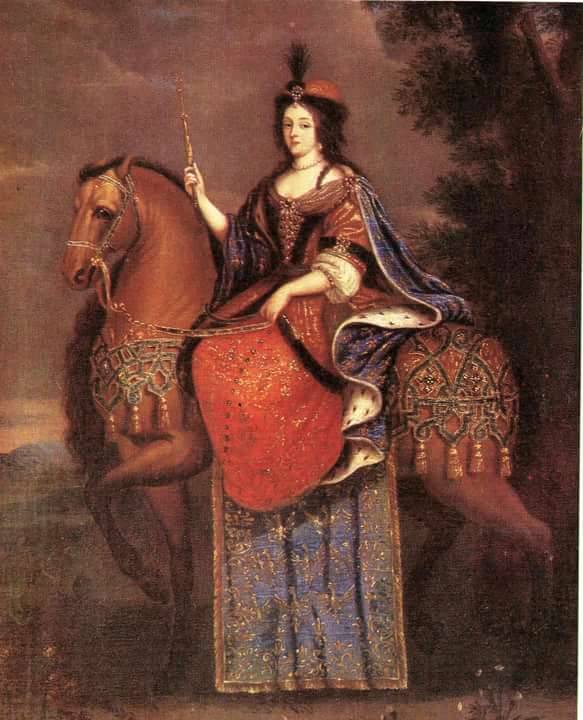
Thanks to her efforts, Jan Sobieski first received the title of crown hetman, and then (in 1668) - the great crown hetman.
That year, after the death of his wife, King Jan Casimir abdicated the throne. To grieve for her, he went to the most "suitable" city for this - the brilliant and dissolute Paris of Louis XIV. Marysenka spent a lot of money trying to make her husband the new king (and become the queen herself), but then Mikhail Vishnevetsky was elected.
Khotinsky Lev
Very soon Jan Sobieski had to prove that he was quite worthy of the post of commander-in-chief of the Polish army.
In 1672, the Grand Vizier of the Ottoman Empire, Hussein Pasha, moved an army to Poland, which, in addition to Turkish troops, included the Tatar cavalry and Cossack detachments of Hetman Petro Doroshenko. Kamenets-Podolsky soon fell. The news of the capture of this fortress coincided with the death of the former king Jan Casimir, and in Poland it is traditionally believed that the abdicated monarch died of grief. The new king Mikhail Vishnevetsky, having gathered all the forces available in Poland and Lithuania, moved to Khotin, but suddenly died on the eve of the decisive battle. It happened on November 10, 1673, and his death made the most unfavorable impression on the army. But the great crown hetman Jan Sobieski reassured everyone, literally declaring that "the king ascended to heaven in order to offer prayers to God for the overcoming of the wicked Turks."
The statement, frankly, was rather illogical (Polish kings did not have a tradition of dying on the eve of a decisive battle in order to personally turn to God in heaven) and cynical, but Sobieski, apparently, knew his subordinates well: panicky talk about "unfavorable signs of fate" and the reluctance of heaven, the victory of the Poles ceased, the control of the army and its combat effectiveness were preserved.
We often hear about the overwhelming advantage of the Turks, but modern historians consider the forces of the sides to be approximately equal, which, of course, does not negate the significance of the victory of Sobieski's army.
By his order, the Polish horsemen and the Cossacks who remained loyal until the morning continuously attacked and harassed the Turks, keeping them in constant tension, while the main forces, which were to go on the offensive in the morning, were resting. This technique worked: the Turks could not properly equip their positions.
This Khotyn battle (the second in a row in Polish history) is notable for the first use of military missiles by the Polish engineer Kazimir Semyonovich, which had an additional moral impact on the enemy (the psychological impact was probably all limited).
According to eyewitnesses, on November 11, simultaneously with the salvo of Polish artillery pieces, bright fiery arrows roared towards the Turkish fortifications. The infantry and dismounted dragoons created passages in the Ottoman fortifications for the cavalry to attack. This was followed by a ramming strike by the famous Polish hussars, led by Hetman Yablonovsky.
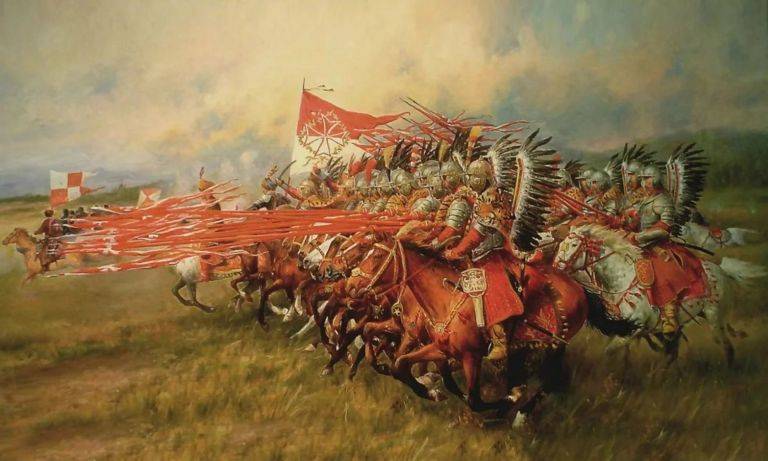
The retreat of the enemy soon turned to flight, moreover, a bridge across the Dniester collapsed under the Turks. As a result, from the entire Turkish army (about 35 thousand people), only 4 to 5 thousand returned.
120 artillery pieces were also left. The Khotin fortress surrendered without a fight on November 13. The losses of the Poles were, according to various estimates, from 2 to 4 thousand people. And Jan Sobieski, nicknamed the Khotyn Lion in Europe, was elected the new king of the Polish-Lithuanian Commonwealth on May 21, 1674.
Jan Sobieski on the throne of the Commonwealth
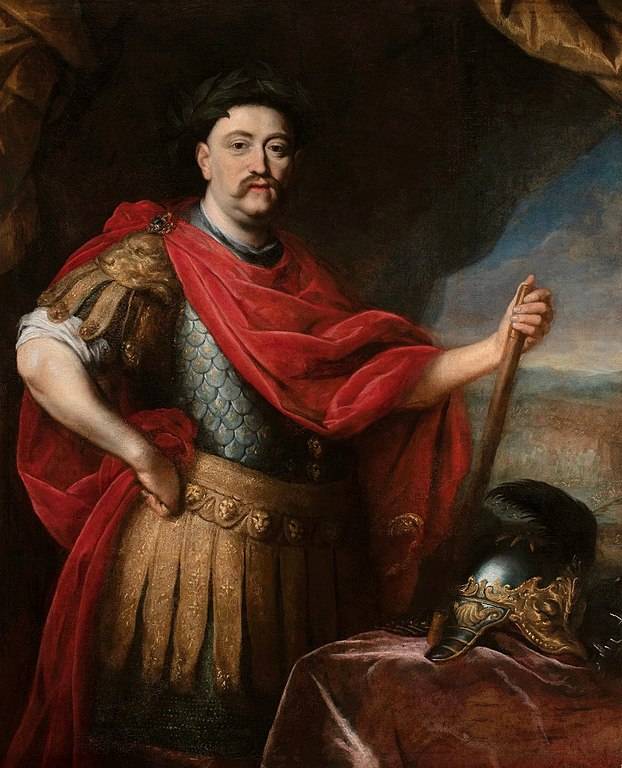
The victory at Khotin turned out to be local and did not affect the further course of events, for Poland this war with Turkey ended in defeat, the loss of Podolia and the consent to a Turkish protectorate over the Right-Bank Ukraine.
The state of the Commonwealth then could hardly be called brilliant. Sobieski tried to strengthen and make the monarchy more powerful, which caused discontent among the gentry. The increase in taxes and the increasing oppression of the Orthodox population led to an increase in social tension. The Queen's unbridled spending caused widespread murmur. But Poland's economy was slowly recovering.
Jan Sobieski's finest hour
In 1683, the war between Austria and the Ottoman Empire began.
It may seem strange, but the allies of the Turks were the Hungarian Protestants, led by Imre Tököli, to whom even the power of relatively tolerant Muslims seemed to be a lesser evil than the constant persecution of Catholics.
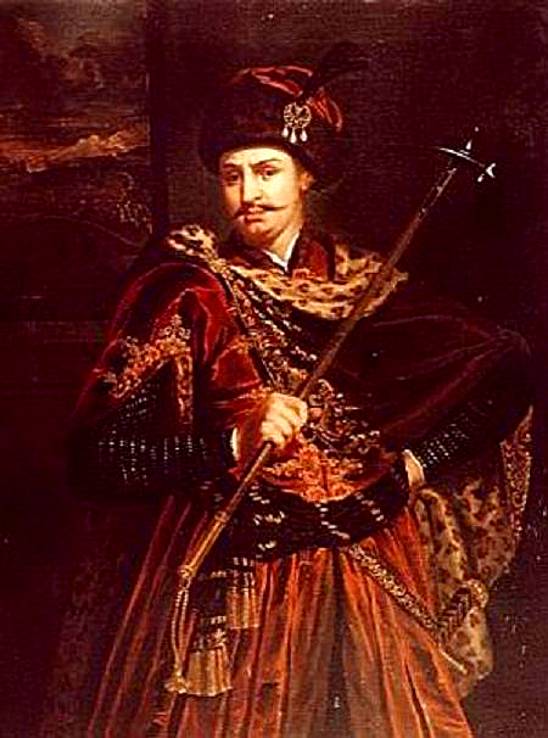
The Ottomans even recognized Tököli as the king of Upper Hungary (now this territory belongs to Hungary and Slovakia).
Meanwhile, the Rzeczpospolita in the same year signed an agreement with the Austrians, according to which the parties assumed the obligation of immediate assistance to neighbors in the event of a threat to the capitals. And in July, the troops of the Ottoman Grand Vizier Kara Mustafa laid siege to Vienna.
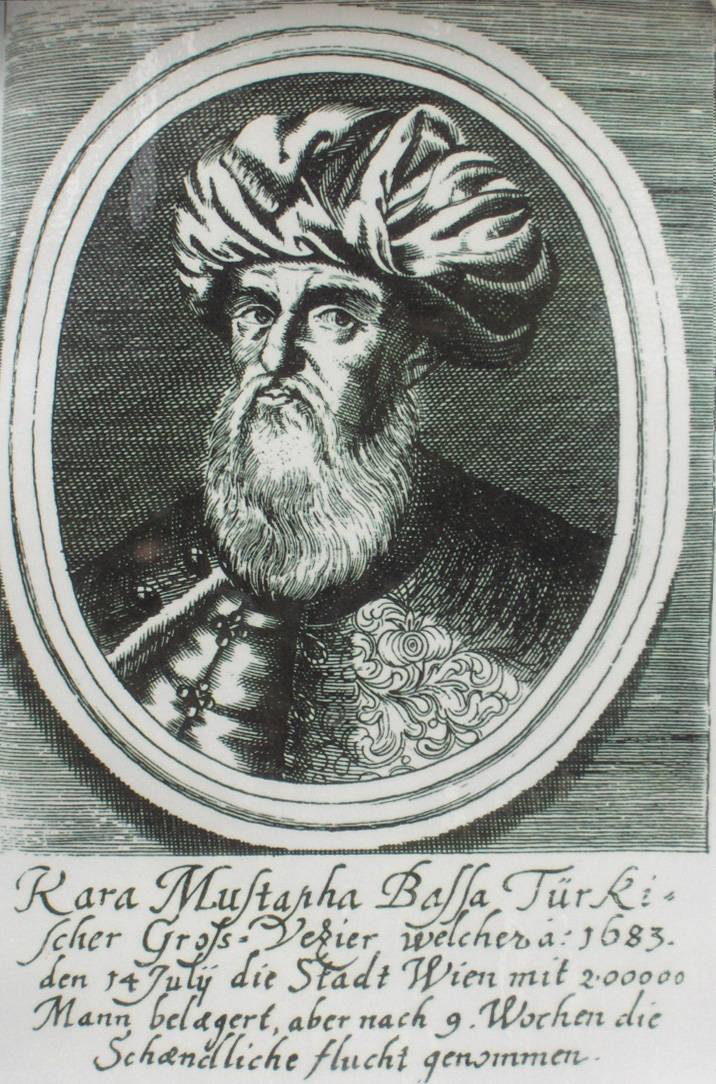
Sometimes they write that 200 thousand Turks approached Vienna, but this is the size of the entire Ottoman army, which stretched across the vast territory of Austria, Hungary and Slovakia. Emperor Leopold I, not hoping for success, left his capital and went to Linz (up to 80 thousand refugees followed him). A 16-strong garrison was left in Vienna, and a small army of Charles of Lorraine was stationed north of the city.
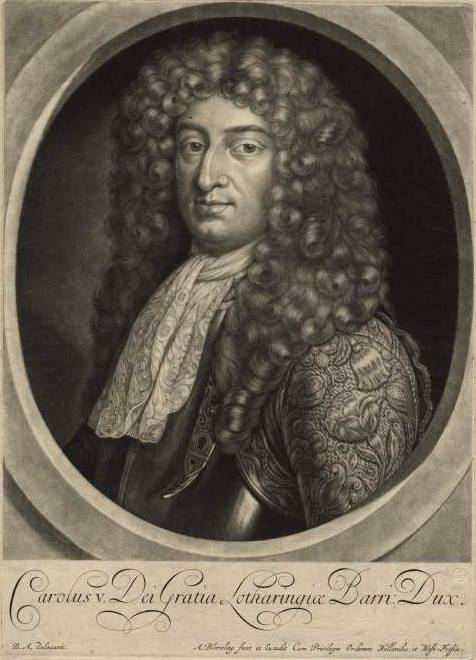
It was clear to everyone that Vienna was actually deciding the fate of Europe, and Pope Innocent XI called on Christian monarchs to help Austria. However, the great states remained deaf to this call.
Kara Mustafa did not rush his troops to storm the well-fortified city, taking it into a siege that lasted two months. Jan Sobieski at this time was gathering his army, which finally set out on the road and on September 3 united with the Austrian troops and parts of the neighboring German principalities. In total, about 70 thousand people gathered under the command of Sobieski. Kara Mustafa had 80 thousand people near Vienna, of which 60 thousand entered the battle.
The decisive battle began in the early morning of September 12. Sobieski placed his troops on the right, the allied Germans were advancing in the center, and the Austrians on the left. The decisive blow was the blow of the Polish cavalry - 20 thousand famous winged hussars, led by Sobieski himself.
The Turks lost 15 thousand people, leaving the camp with all the property and all the artillery. The allies lost only 3 and a half thousand people.
Kara Mustafa fled, leaving even the banner of the Prophet Muhammad, and was executed (strangled with a silk cord) in Belgrade.
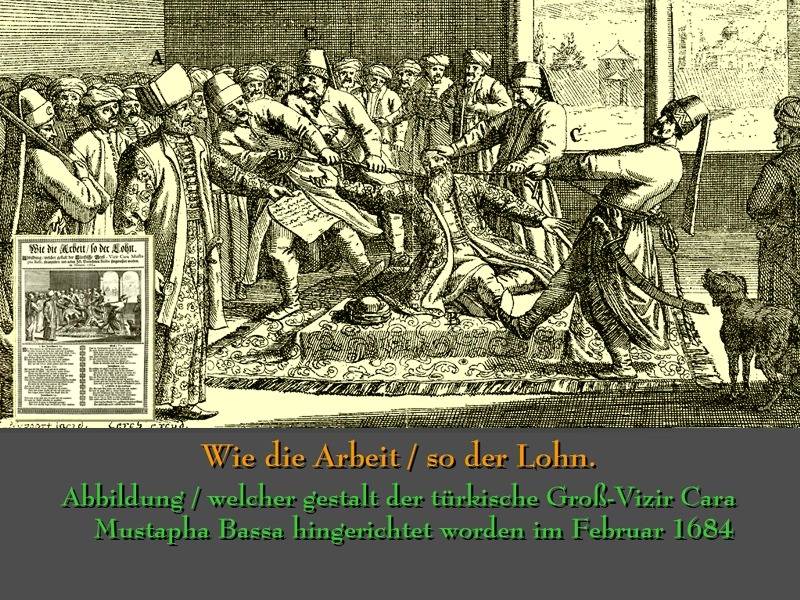
Jan Sobieski sent the trophy banner of the Prophet Muhammad to the Vatican, writing to the Pope:
Returning to Vienna, Emperor Leopold behaved unworthily, forbidding the inhabitants of the capital to arrange a triumphal meeting with their savior. There were no cannon fires, no flowers, no cheers. Disciplined crowns, lined up along the streets, silently held out their hands to the Polish soldiers entering the city.
The last years of the life of Jan Sobieski
And again, this victory did not become decisive - the war lasted another 15 years. In 1691, during a military campaign in Moldavia, Sobieski received 6 wounds and could no longer take part in hostilities. This king did not live to see the end of this war: it ended only three years after his death. According to the terms of the Karlovytsky Peace Treaty of 1699, Austria received Hungary and Transylvania, Poland - returned the Right-Bank Ukraine.
But Jan Sobieski managed to conclude Eternal Peace with Russia (1686). Poland forever abandoned the Left-Bank Ukraine, Kiev, Chernigov and Smolensk lands.
The last 5 years of Jan Sobieski's life were sad. He was tormented by pain from old wounds, he suffered from the abuses of his willful wife, condemned by all, and loud quarrels and quarrels of his sons thirsting for power.
On June 17, 1696, Jan III Sobieski died in Wilanow Palace and was buried in the Wawel Cathedral in Krakow.
The fate of the Jan Sobieski family
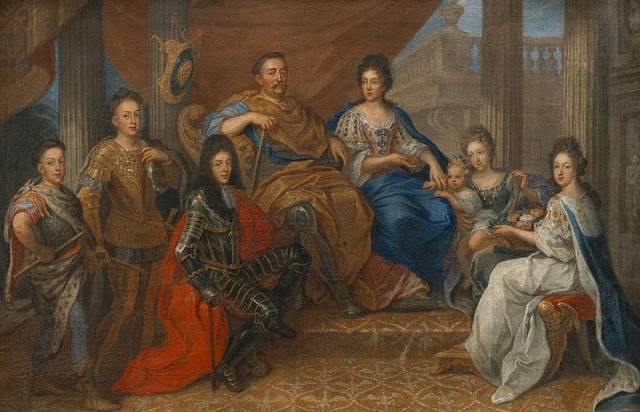
Despite the presence of four children, Sobieski's lineage in the male line was interrupted.
Three girls were born in the family of the eldest son, Jakub Ludwig.
The middle son, Alexander, after an unsuccessful attempt to stand as a candidate for the election of the king, went to the monastery.
The youngest son Konstantin turned out to be childless.
Daughter Teresa Marysenka, married to a Bavarian elector, became the mother of the Holy Roman Emperor Charles VII, but this grandson of Sobieski was considered the offspring of another dynasty.
The Polish astronomer Jan Hevelius tried to immortalize the memory of Jan Sobieski, who in 1690 named the constellation "Sobieski's Shield" in his honor. The name did not catch on: now it is called simply "Shield".
Was Nicholas I right?
Now let's return to the aphorism of Nicholas I quoted at the beginning of the article. Let's remind him:
It is easy to see that in the XVII-XVIII centuries. and even at the beginning of the 1848th century, the existence of a united and strong Austria, an allied Russia in the wars with Turkey and Napoleon, was beneficial to our country. So it is impossible to call Jan Sobieski, who saved Vienna, a fool, even if one proceeds solely from Russian interests, closing his eyes to other European states. But after the end of the Napoleonic wars and the transformation of Turkey into the “sick man of Europe”, we see a clear anti-Russian evolution of Austrian foreign policy. Very quickly Austria became one of the main geopolitical adversaries of Russia, and this confrontation eventually ended with the fall and disintegration of both empires. The disinterested salvation of the Austrian Empire in XNUMX did not help either. Interference in the internal affairs of Austria and the suppression of the Hungarian national uprising with the help of Russian troops did not give Russia anything except the dubious title of "Gendarme of Europe" and the armed neutrality of "grateful" Austria during the Crimean War. After that, it was Austria, and then Austria-Hungary, that turned out to be the main enemy of Russia in the Balkans. It was the aggressive policy of this state that caused the outbreak of World War I, which ended in a real catastrophe for the Russian Empire. So, calling himself in the second part of his aphorism the most stupid Russian emperor, Nicholas I, alas, was largely right. The first part of his joke was graceful, the second bitter.
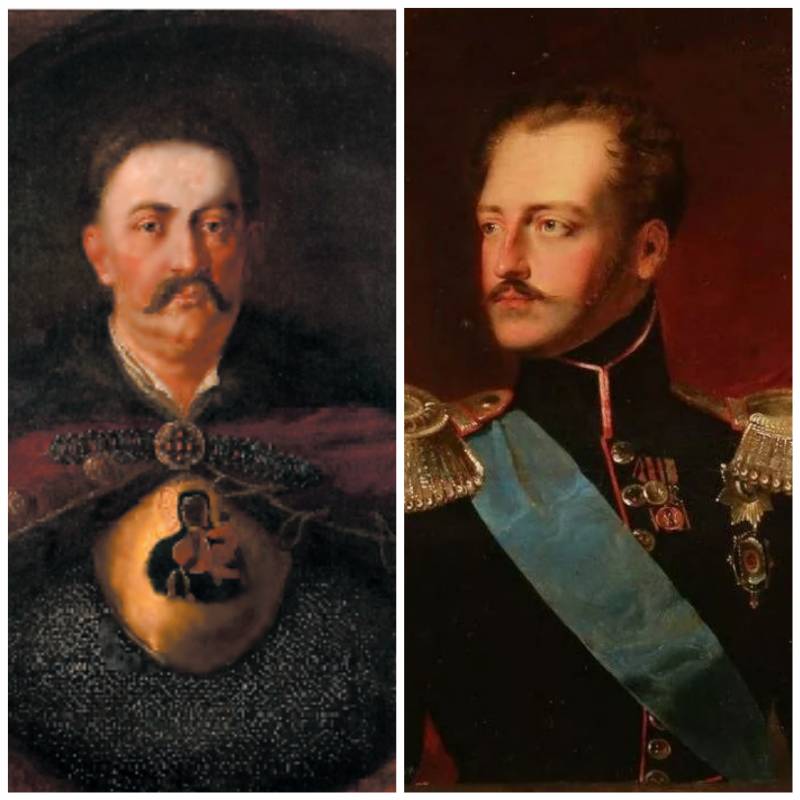
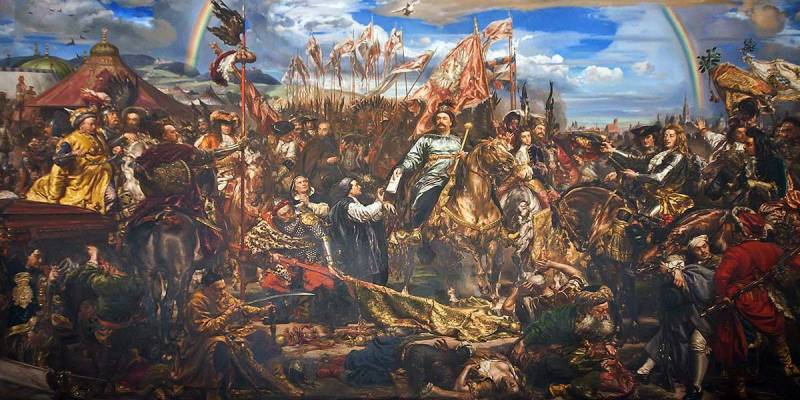
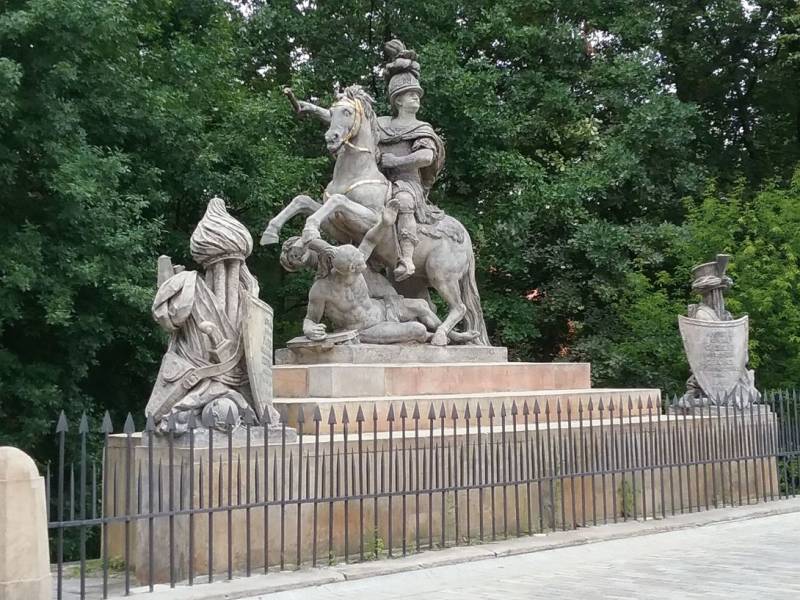
Information